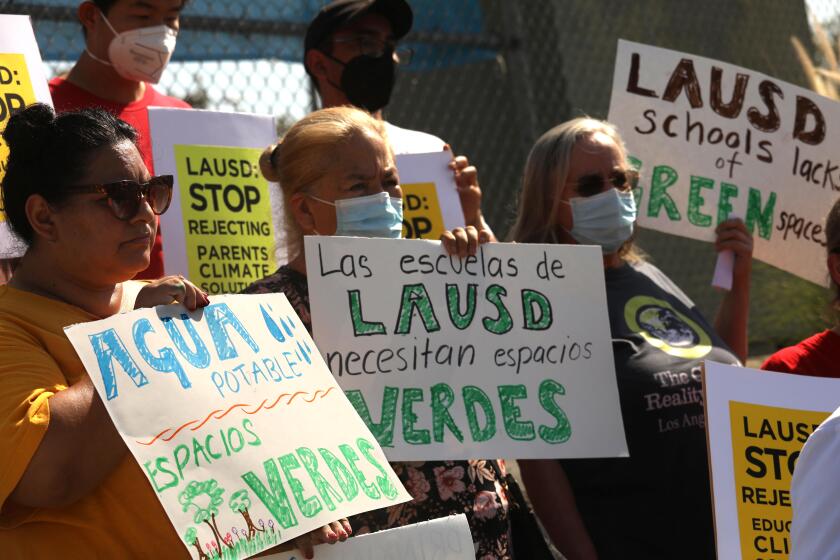Letters to the Editor: We’re getting ‘Indigenous’ controlled burning in forests all wrong

- Share via
To the editor: The call by non-Indigenous people to incorporate a romanticized, stereotyped version of Native American fire use is a thinly veiled attempt to appropriate Native culture for the same reason colonial powers have done so in the past — for self-interest or financial gain.
In this case, to increase habitat clearance projects and logging operations under the guise of controlling wildfires.
For the record:
11:56 a.m. Aug. 15, 2022An Aug. 2 letter to the editor responding to an op-ed article on Indigenous land stewardship incorrectly referred to “the call by non-Indigenous people to incorporate a romanticized, stereotyped version of Native American fire use.” In fact, one of the op-ed article authors is Indigenous. The letter also said the proposal for intentional burns was an attempt to “appropriate” Native practices. The policy is being proposed by a group of scientists and Indigenous leaders.
The false “cultural burning was able to prevent large wildfires” narrative, promoted by U.S. Forest Service scientists and others who profit from government wildfire grants, has also had the effect of demonizing nature. Rich, dense vegetation is no longer habitat but, rather, “fuel” that must be removed.
This is not just contrary to logic and science but is a threat to wilderness.
The reality, based on multiple studies, is that Indigenous fire was used on a local basis. Most of those places are now under concrete, not miles away in the wildlands that Indigenous people knew so well — wildlands that have yet to be destroyed by us.
Richard W. Halsey, Escondido
The writer is director of the California Chaparral Institute.
..
To the editor: It is important to note that the proper use of prescribed fire in forests is completely different than in the chaparral and coastal sage scrub that predominate in Southern California.
These habitats suffer from too much fire and need a pause. Otherwise, flammable weeds will take over.
Unfortunately, the California Department of Forestry and Fire Protection and federal agencies do not make this critical scientific distinction.
Dan Silver, Los Angeles
The writer is executive director of the Endangered Habitats League.





